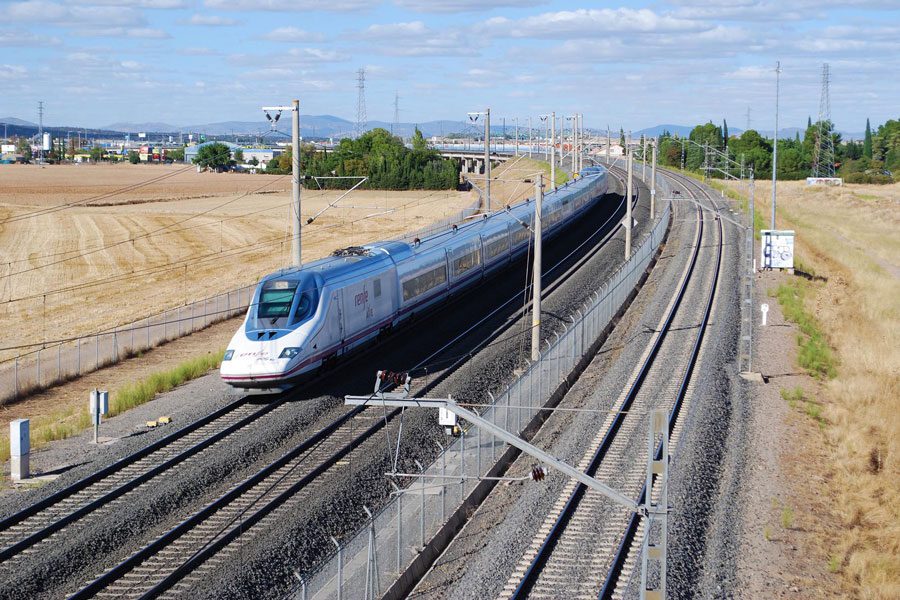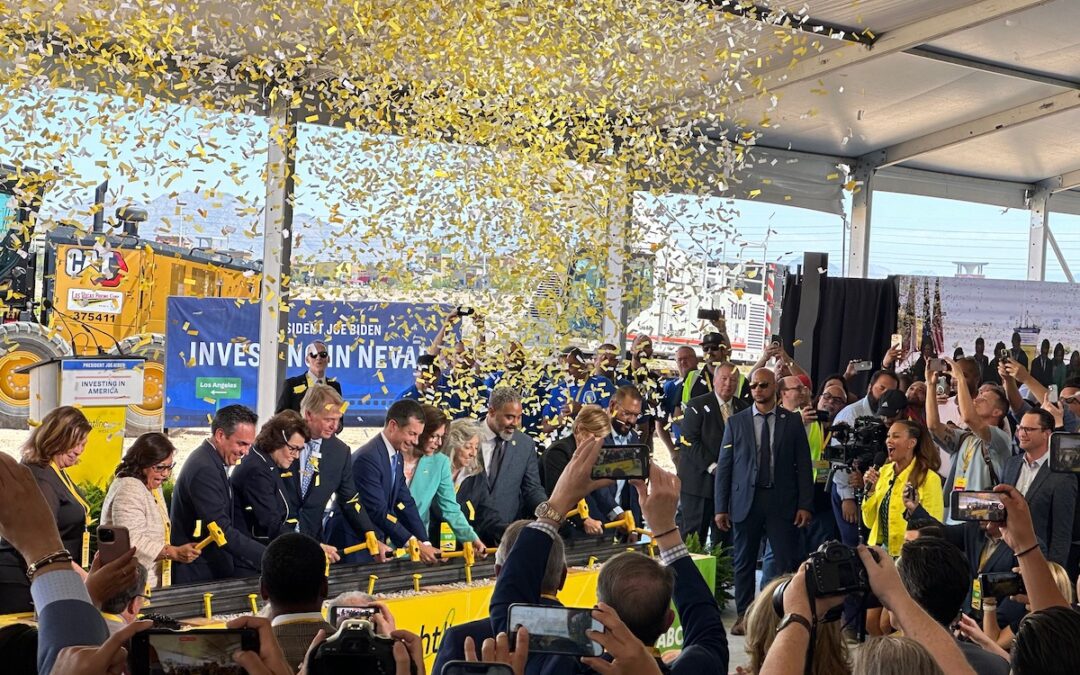The railroad Brightline today broke ground in Nevada on its new Brightline West project. Brightline will use trains traveling up to 200 miles per hour to cut the travel time between Las Vegas and Los Angeles in half. The company already operates successful trains...
Thank you to everyone who responded to the Federal Railroad Administration’s recent request for input on their Corridor Identification and Development Program for new trains. Using the online tool that the High Speed Rail Alliance provided, 245 of our supporters submitted comments before yesterday’s deadline, and so did seven mayors.
Additionally, a team of railroad industry experts that advises the Alliance submitted detailed responses to 16 questions posed by the FRA, and our executive director, Rick Harnish, submitted comments as well. We wanted to share the highlights with you about how we see this.
Ever since passage of the Infrastructure Investment and Jobs Act last fall, the Alliance has highlighted the unprecedented opportunities before us. To be more specific about that, the FRA’s work on the Corridor Identification and Development Program plays a key role. That’s because it represents our best chance for passenger rail in the United States to finally turn a corner. We now have a chance to move away from simply patching up and working with the struggling routes that Amtrak inherited in 1971. Instead, we can now plan a modern, fast, efficient network of passenger trains well connected to other forms of transportation.
The Alliance’s input on this critical process includes recommendations like these:
Show Progress
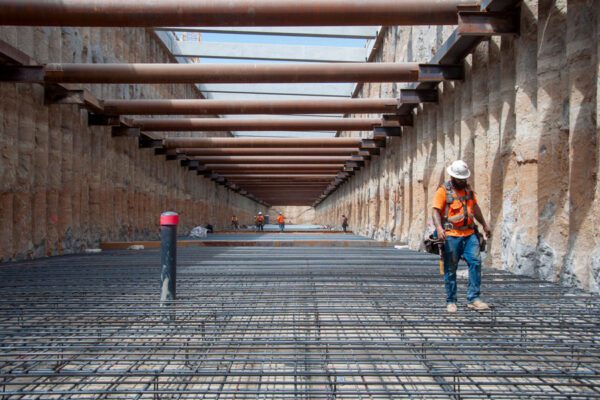 We want to see existing funds invested quickly. Initial funding rounds should focus on projects that are ready for construction and can be completed soon. Sponsors for additional projects should be encouraged to move through the approval process quickly, and the FRA should substantially support efforts to get a segment of high-speed line in revenue operation in the United States at 186 mph or above by 2030.
We want to see existing funds invested quickly. Initial funding rounds should focus on projects that are ready for construction and can be completed soon. Sponsors for additional projects should be encouraged to move through the approval process quickly, and the FRA should substantially support efforts to get a segment of high-speed line in revenue operation in the United States at 186 mph or above by 2030.
California’s high-speed rail project has the best chance of meeting that goal first, but all progress should be celebrated, in order to make a strong case to Congress for additional appropriations.
Create a National Network Plan
 The Federal Railroad Administration should create a national plan, as directed in the Passenger Rail Investment and Improvement Act. The FRA’s existing regional plans are a good start, but large portions of the country are not accounted for. The most glaring omissions are connections between the Midwest and the Northeast Corridor; Texas and surrounding states; and many western states.
The Federal Railroad Administration should create a national plan, as directed in the Passenger Rail Investment and Improvement Act. The FRA’s existing regional plans are a good start, but large portions of the country are not accounted for. The most glaring omissions are connections between the Midwest and the Northeast Corridor; Texas and surrounding states; and many western states.
Our technical advisory committee in particular drew parallels to the planning of the Interstate Highway System. While construction began under President Eisenhower in the 1950s, the planning began in the 1930s. The interstate highway network was constructed by a variety of project sponsors and owners, but a national plan ensured that the system would work together as a whole and provide a similar experience nationwide. An integrated national rail plan can serve the same function, ensuring that passengers can travel throughout the country by train.
The national plan (as in the FRA’s regional plans) should also use the Integrated Network Approach: recognizing the power of network connections to create more opportunities to use the system and therefore increase ridership and revenue on each segment. Basically, this means offering connecting bus and other intermodal connections to boost ridership and make travel anywhere in the network as quick and convenient as possible.
Planning should also recognize that there will be a variety of types of track and a variety of service levels. It should identify places where segments of new high-speed line with design speeds of 186 mph or faster can impact entire regions by using “unified-service” trains that operate over multiple types of track, or by creating convenient connections between trains.
Seek Sponsors for Critical Network Components
Until now, states have driven most rail planning. Too often, this has meant neglect of long-distance routes, as well as routes that serve whole regions instead of individual states. Addressing this will require further leadership by the FRA.
The most glaring example is the need for a South-of-the-Lake Reroute (SOTL): a new passenger-dedicated mainline across northern Indiana. Several corridors linking Chicago to cities such as Detroit, Toronto, Cleveland, Columbus, Pittsburgh, and New York funnel around Lake Michigan through northern Indiana. The FRA’s Midwest Regional Rail Plan recognizes that several of these city pairs have sufficient volume to warrant the construction of a 186-mph or faster high-speed line through this region.
This need for the SOTL has been recognized for decades. It would benefit many states, and would indirectly benefit the entire country. In fact, Amtrak first designed a new routing in the mid-1990s. However, the current state-driven process for seeking funding has meant that this project has not moved forward. In large part, this is because most of the needed infrastructure will be located in Indiana, where top political leaders to date have had little interest in the project.
We can’t allow individual states to hold up progress for the rest of the country. The FRA should identify a way within current law to actively lead this on projects like this, and seek a sponsor to implement their construction. In this way, ordinary changes in political control and priorities in individual states need not hold up what the rest of us need.
Encourage Host Railroads to Take the Lead
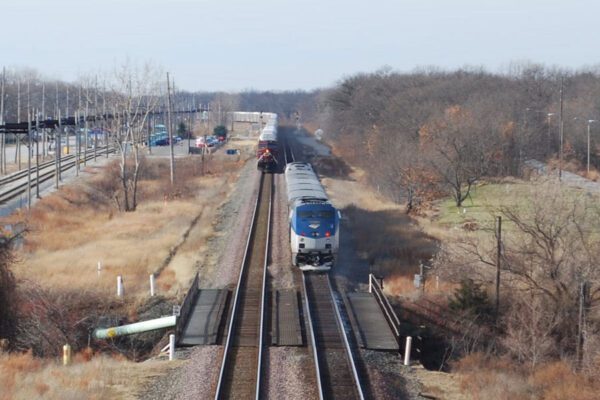 Like the South-of-the-Lake Reroute, long-distance train routes do not have a clear champion. Individual states do not have the power to improve service quality or expand service. The current law has resulted in Amtrak demonstrating little interest in improving long-distance service.
Like the South-of-the-Lake Reroute, long-distance train routes do not have a clear champion. Individual states do not have the power to improve service quality or expand service. The current law has resulted in Amtrak demonstrating little interest in improving long-distance service.
Views differ on what to do about this.
Our technical committee argues against investing in major improvements to core routes that would need to be shared with privately owned freight railroads. Sharing the same lines for both freight and passengers has certainly led to many woes and delays for Amtrak and its riders.
Nonetheless, the Alliance has long argued that our plans must make sense for America’s largest freight railroads (sometimes referred to as the Class 1 railroads—companies you might have heard of, including Union Pacific, BNSF, or Canadian National). These railroads, which currently own most of the track that Amtrak uses, have a vested interest in improvements to their infrastructure. The FRA should encourage the railroads to take the lead in creating a service development plan for the Amtrak routes they operate.
For example, the BNSF could identify a series of projects on the St. Paul to Portland/Seattle corridor that would reduce travel times and improve reliability while also improving freight service. The FRA could facilitate a joint effort with the CP to create a plan for the entire Chicago – Portland/Seattle corridor. BNSF’s use of federal stimulus funds circa 2010 to install six universal crossovers in Iowa is one precedent for this approach, and it is important to develop a similar approach nationwide. There should be incentives to foster service development plans for additional frequencies and to add service to other routes.
Ultimately, the FRA will decide, and we’re grateful to our technical advisors for giving the FRA more than one viewpoint to consider.
Use the Service Development Process to Speed Development and Build a Robust Pipeline
The service development process for new projects should be used to reduce the amount of time and resources required during the process required by the National Environmental Policy Act (NEPA). While long-range plans come together, it should be possible for discrete projects to move forward through the NEPA process as funds allow. For example, if it is possible to advance work on one segment of a larger corridor, it doesn’t make sense for a NEPA review of the entire corridor to hold up that segment of the project. As long as an overall plan is in place to guide development for the entire corridor, it should be possible to complete the NEPA process for whichever segments are ready. This will ensure quicker results to benefit the traveling public.
It’s particularly important for the FRA to create a pre-pipeline of projects which build towards a national network. Each segment’s value should be evaluated in the context of an interconnected, national network. It should be easy to begin the service development plan process and to have a particular project added the pre-pipeline. However, being listed in the national plan should NOT be a requirement for beginning a service development plan. Particular attention needs to be given to creating a clear rights-of-way acquisition plan early in the process.
Additionally—and importantly, for the sake of buy-in and building support—the public should also have early opportunities to gain a clear understanding of what new services will mean. For example, potential service schedules should be available early in the process, so that people can see how the advantages of new trains could benefit them and their communities.
The FRA Should Invest in a Rolling Stock Supply Chain
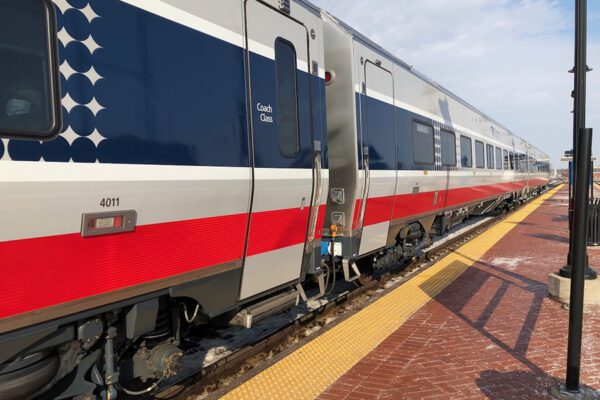 Finally, we’ll be able to make progress faster—and be able to start selling tickets to actual riders sooner—when private companies have incentives to supply new trains quickly. The FRA should seek ways that it can ensure a steady and ongoing source of orders for rolling stock so that manufacturers will have the confidence to invest in a supply chain to build high-performance trainsets built to current requirements.
Finally, we’ll be able to make progress faster—and be able to start selling tickets to actual riders sooner—when private companies have incentives to supply new trains quickly. The FRA should seek ways that it can ensure a steady and ongoing source of orders for rolling stock so that manufacturers will have the confidence to invest in a supply chain to build high-performance trainsets built to current requirements.
Let’s Do It
In addition to thanking Alliance supporters and allies who responded to this invitation to share their thoughts and know-how, we thank the FRA. The High Speed Rail Alliance is eager to work together—at the national level, and with state and local partners—to offer Alliance perspective and expertise to finally make fast, convenient trains a part of everyday American life.
The Latest from HSRA
Our Latest Blog Posts
Check out the latest news, updates, and high speed rail insights from our blog!
